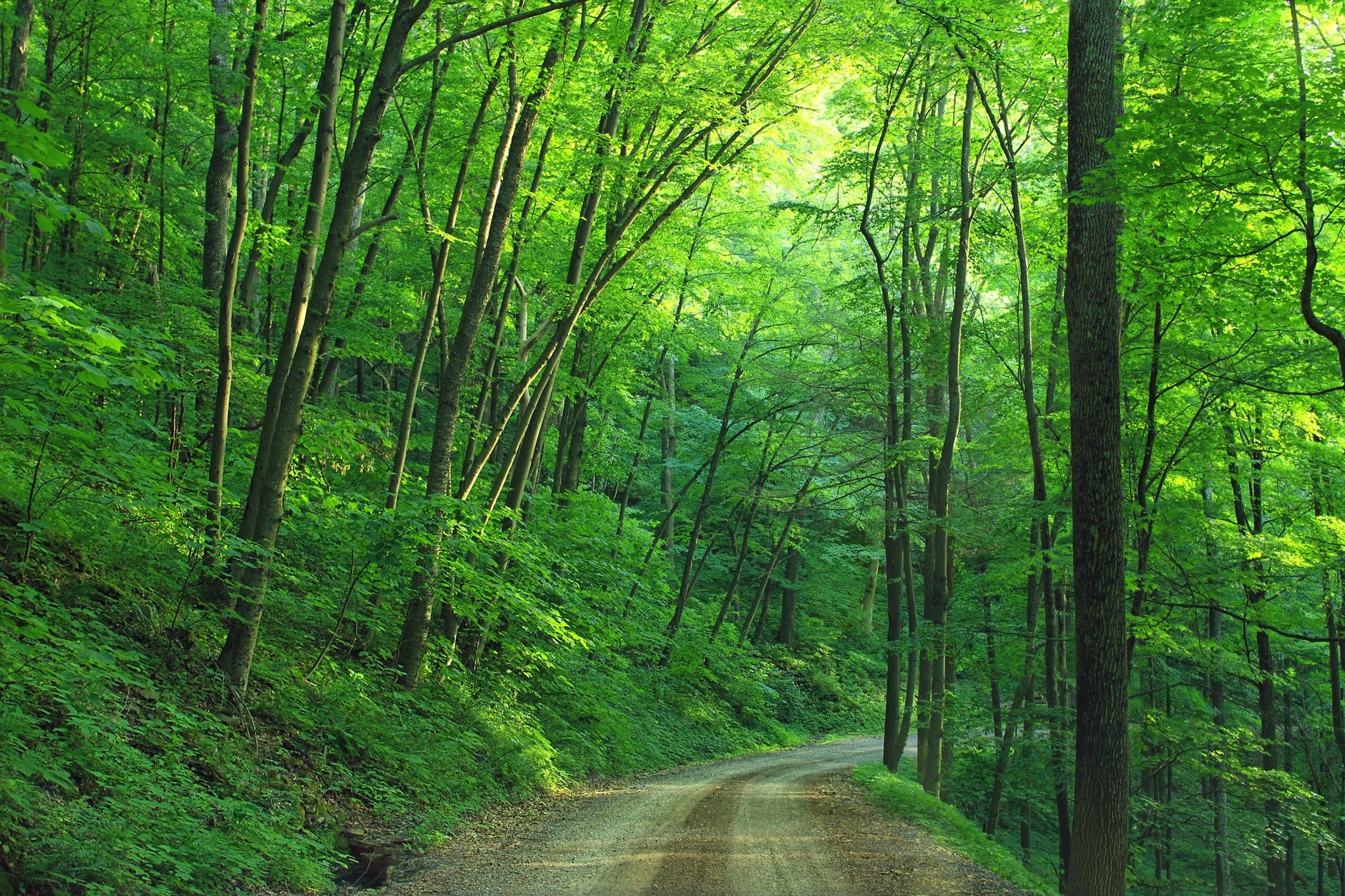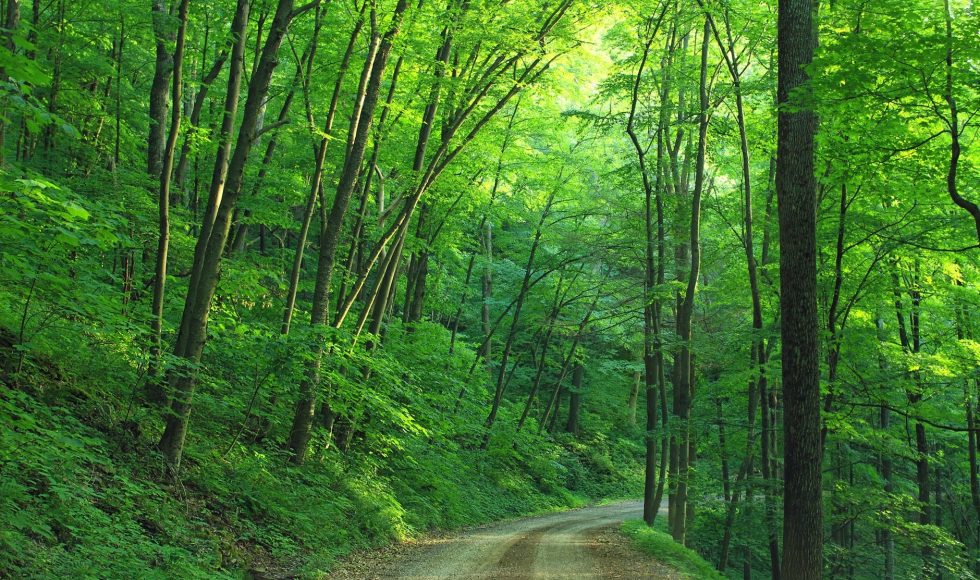It was a relaxing Saturday with lots of playing outside and some quiet time to think. Success! Tonight, we watched another session from the Elon Teaching and Learning Conference. The session entitled “Teaching Outside the University Classroom: Using Nature as a Text and Context for Learning” was presented by Scott Morrison, Associate Professor of Education, Elon University and Katherine Baker, Assistant Professor, Elon University. Morrison has been teaching outside even before the pandemic! Baker brings several classes outside. Before the pandemic, the Elon teaching center supported their efforts to teach outside. Morrison shared research on why we teach outside that mention that attention and engagement increase along with happiness, health, and learning! The presenters shared their slides and references here. Baker shared images that Morrison helped design/build with a fire circle, stumps as seats… and lots of trees. In another image, students worked in an outside meditation space. This year, during the pandemic, Elon provided tent spaces. Baker spoke about how we teach outside matters: how we engage our students outside is important. Baker shared a table they adapted from previous research about talk moves to encourage richer discussions. Morrison explained that structure is important for “wild teaching” outside. The core routines that Morrison described were: opening circle, exploration, exploration, facilitation, reflection, and closing circle. Opening circle is a check in and time for the group to talk. This can include small group discussions that last from ten to fifteen minutes. The exploration time is a time to explore, move, and interact with objects. Morrison mention that the idea is to “get bodies moving and exploring the space.” Students explore and use manipulatives to explore math, for example. The facilitation stage is when instructors “steer the students to the instructional goals” mentioned Baker. Student may use chart paper and markers to explain concepts… as well as “forest materials” to solve problems. Reflection is “time to settle in with what has been happening” explained Baker. It could be individual or in pairs. Baker sometimes uses prompts like “I used to think… now I think…” I thought it was interesting that Morrison and Baker spoke about being committed to being in nature even when raining! The closing circle is a moment of closure and everyone can hear from everyone else about what they have been thinking and learning. After closing circle, class is over. The presenters shared feedback from students: several mentioned increased tranquility and processing time. Students also mentioned flexibility and structure. Morrison provided suggestions for learning outside that may not be as “extreme” as a full commitment to teaching outside. Their suggestions included brining nature inside, smaller lessons outside… Morrison ended by talking about how they bring technology outside including videos and FlipGrid! I wonder if we can do something outside for BIT 295 Biotechnology & Sustainability? Before this, I had always thought that teaching outside was more for ecology or other courses… now I am thinking that metagenomics and biotechnology & sustainability courses could be “taken outside” to think about concepts, experience the topics we discuss, and reflect.



